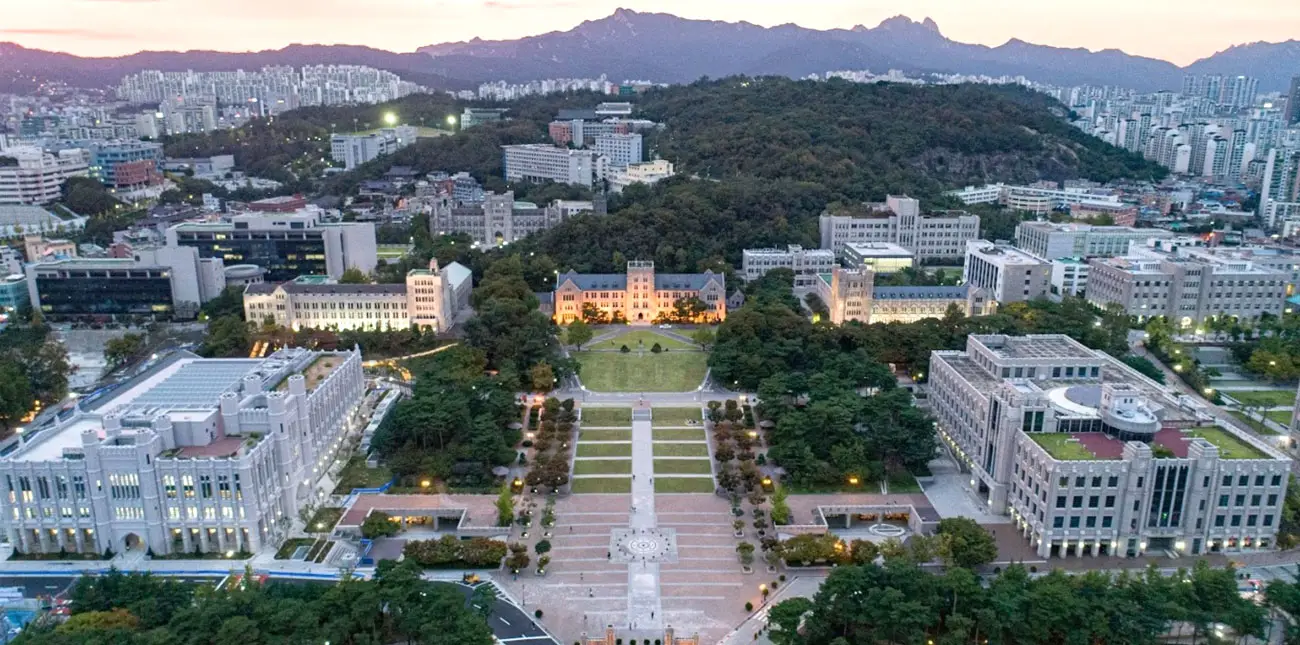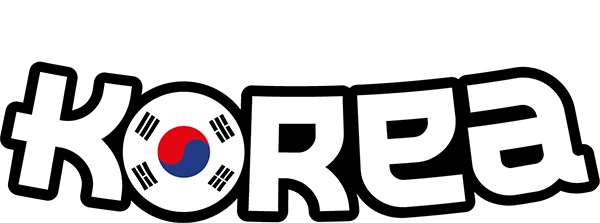Admission Requirements
Korea Advantage
South Korean universities have an 85% acceptance rate for international students. Here’s an overview of the key requirements and timelines.

Key Requirements
Educational Background
Undergraduate: Completion of 12 years of schooling (10+2).
Postgraduate:
- Master’s: Bachelor’s Degree Required.
- PhD: Master’s Degree Required.
Language Proficiency
- English Programs: TOEFL (71+) or IELTS (5.5+) Scores.
- Korean Programs: TOPIK Score of 80 or above.
Additional Documents
- Letters of Recommendation (LORs)
- Statement of Purpose (SOP)
- Curriculum Vitae (CV)
- Bank Balance Reflecting 20000 USD
- Check specific program requirements on the university’s website.

Application Schedule
The Korean universities accepts applications twice a year. Spring admissions open in April, and Fall admissions in October. Students who want to study during the spring semester will apply from September-November of the previous calendar year. Students who want to start studying in the fall semester will apply from May-June of the same calendar year.
Be sure to apply during the designated periods.
Additional Documents
- Spring: March to June (apply from September to November of the previous year).
- Fall: September to December (apply 3–4 months in advance).
| Spring Semester | Runs from March to June Application deadline: Sept-Nov |
| Fall Semester | Runs from September to December Application deadline: May-June |
General Tips
- Submit applications well ahead of time. Three to four months before the start of your semester is ideal.
Application Fees
Korean universities require application fees, upto $200. Students must also show proof of financial capability to cover their education costs. You will need to send a bank statement with at least $20,000 USD in the student’s or a family member’s account.
Tuition Fees:
South Korean universities charge similar tuition fees for domestic and international students to foster a diverse academic community. Private institutions generally cost more than public ones. Fields like Medicine and Engineering will cost higher than humanities. Additionally, new students pay a one-time enrollment fee at the start of the academic year.
Undergraduate tuition ranges from $4,000 to $20,000 annually, averaging around $11,000 depending on the university or the course. Scholarships from universities and the government can help cover tuition, though students should have funds for partial tuition fee payment and student visa requirements. Language courses are more economical, costing $1,300–$1,600 per 10-week term.
